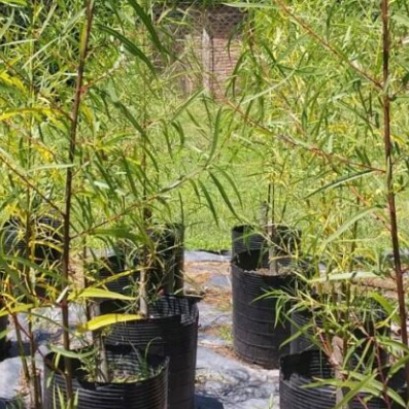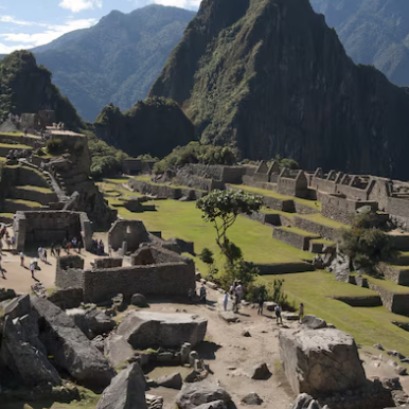
Wooden skyscrapers up to 50 stories tall could soon be part of cities
Attempt to decarbonize and revitalize urban construction
In Australia, wooden skyscrapers up to 50 stories tall could soon be part of cities in a bid to decarbonise and revitalize urban construction. Three separate plans have been submitted to build hybrid timber buildings in Perth and Sydney between 180 and 220 meters tall. Each would more than double the height of the current world record holder, an 86.6-meter apartment building in Milwaukee, USA. Developer James Dibble, whose proposal for a 47-story apartment building in Perth is before the state development panel, said hybrid technology puts wood on a par with concrete and steel. "There really isn't any limitation to height other than the limitation of physics like any other building, to be blunt," he said. "And I would remind everyone that you can't grow concrete. If concrete were a country, it would be the third largest emitter in the world. Wooden skyscrapers are made possible by hybrid construction, which uses "mass timber" designed around a concrete core.

IT MAY INTEREST YOU
 INTA Delta begins propagation of seven Creole willow clones for ecological restoration in Paraná
INTA Delta begins propagation of seven Creole willow clones for ecological restoration in Paraná
As a result of the rescue, domestication and registration work carried out by Teresa Cerrillo, a leading researcher in Salix Genetic Improvement, within the framework of the National Genetic and Forest Resources Programs of INTA, the multiplication and propagation of seven clones of Creole willow (Salix humboldtiana) began recently registered in the National Seed Institute (INASE) by INTA Delta del Paraná.
 Reforestation advances in the Historic Sanctuary of Machu Picchu with new restored hectares
Reforestation advances in the Historic Sanctuary of Machu Picchu with new restored hectares
The plan includes the planting of a thousand new trees in the sanctuary, in response to the damage caused by forest fires and environmental threats, with the support of local authorities and representatives of the tourism sector.
 The South American country that changes construction thanks to an ancient, mega-resistant material: more than steel
The South American country that changes construction thanks to an ancient, mega-resistant material: more than steel
This material that grows in South America creates the most resistant constructions and radically changes the world of architecture One particular building material has been used for millennia by various cultures in South America. This is due to its structural resistance that allows the creation of homes, bridges and shelters. Its archaeological presence shows that it was one of the most valued construction resources in seismic and humid areas.





















